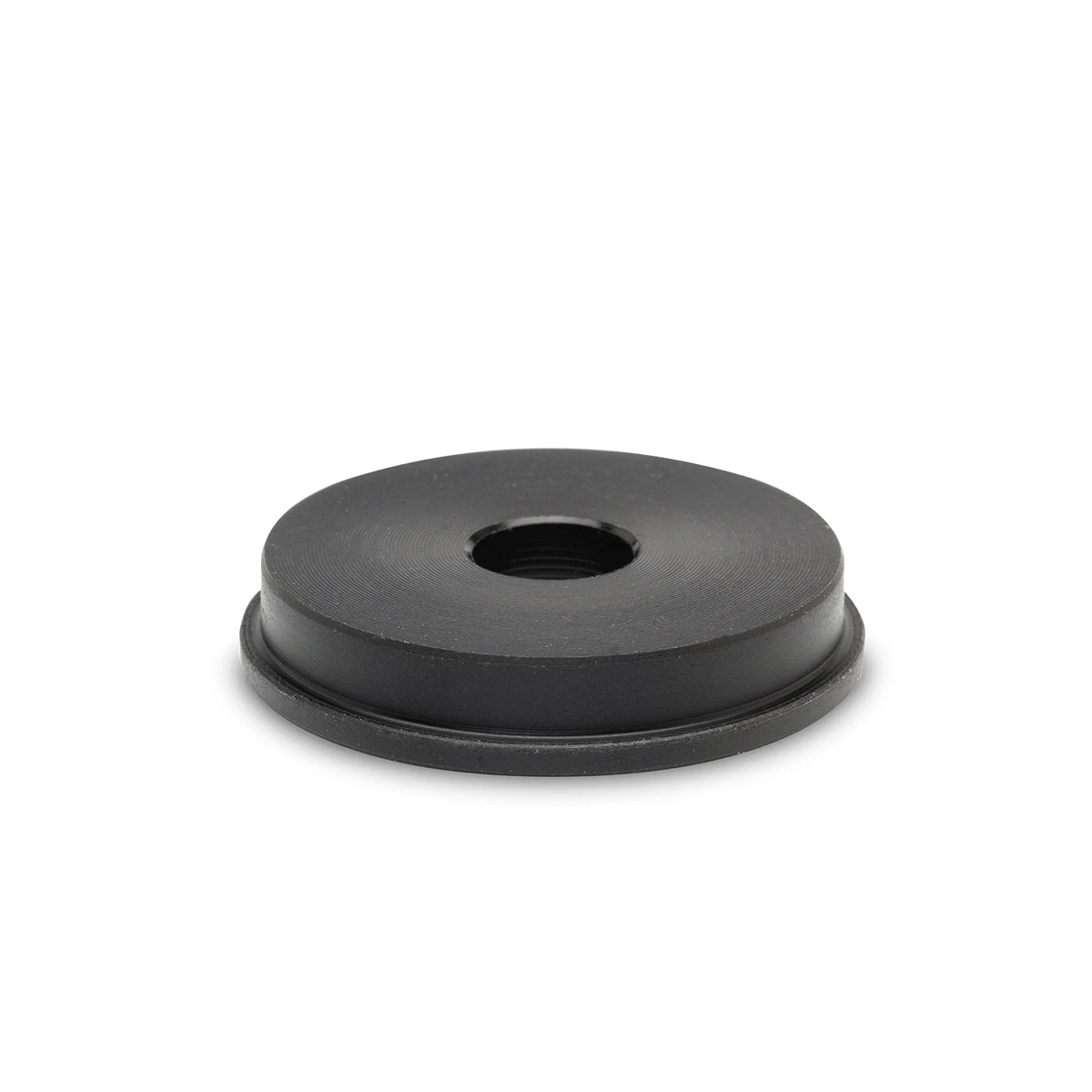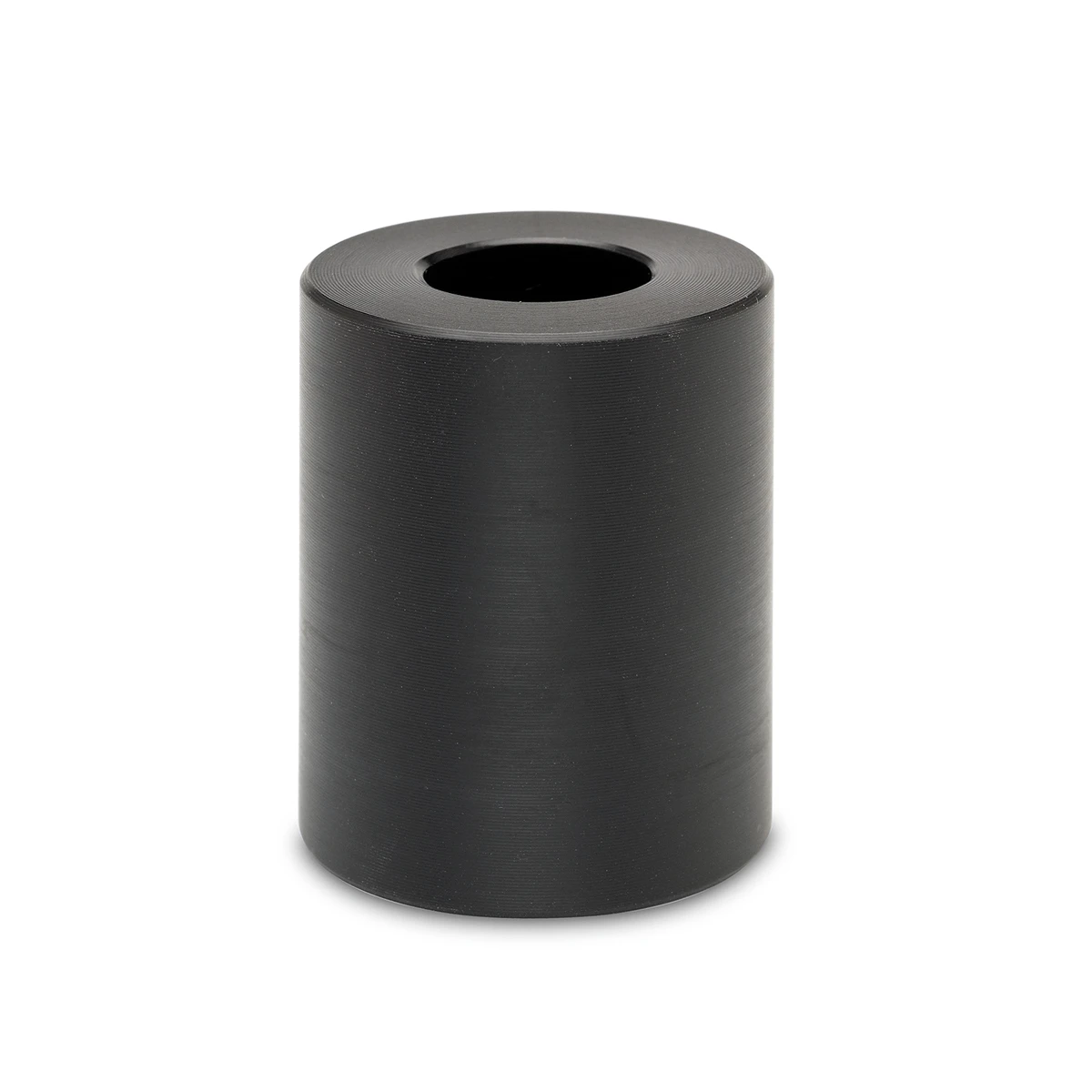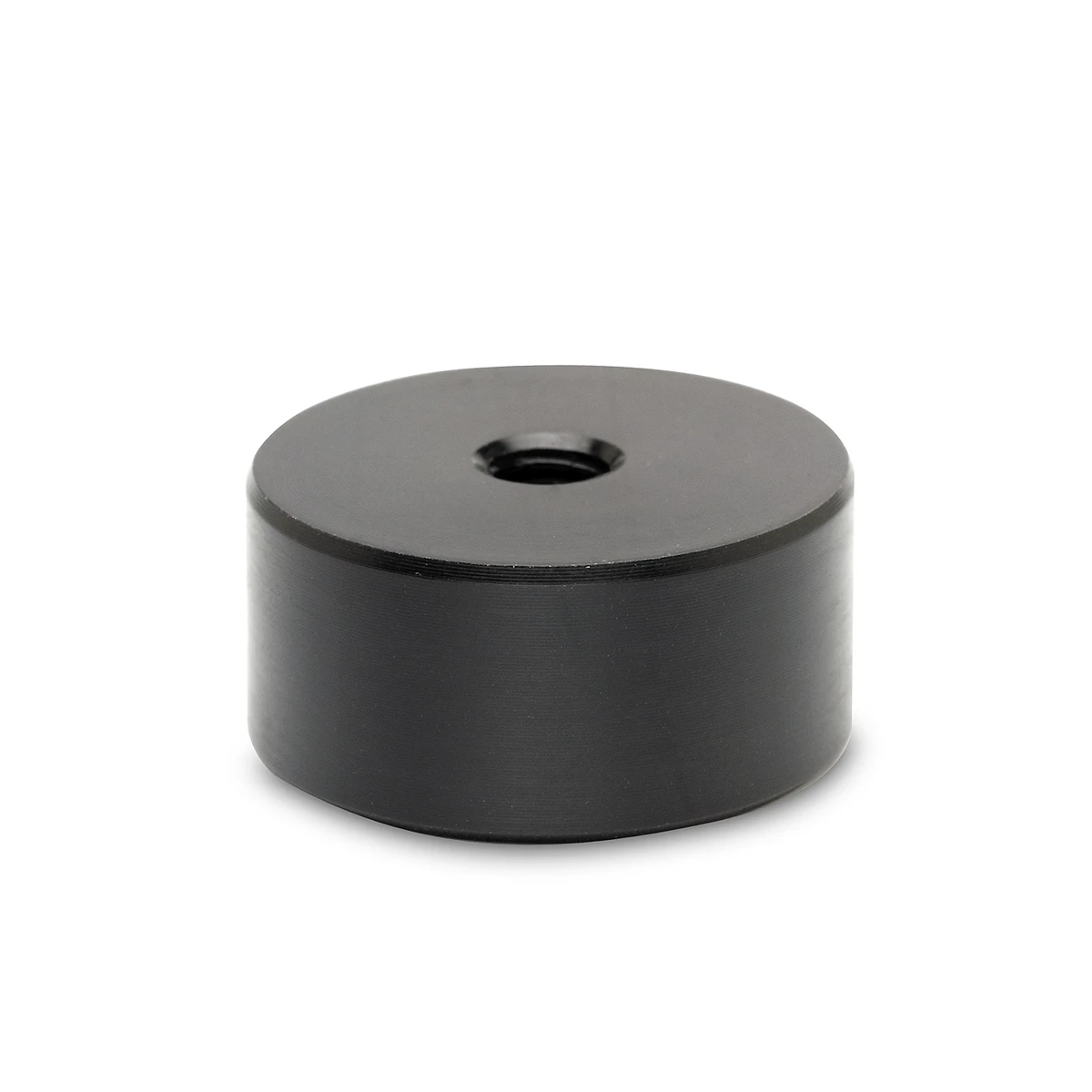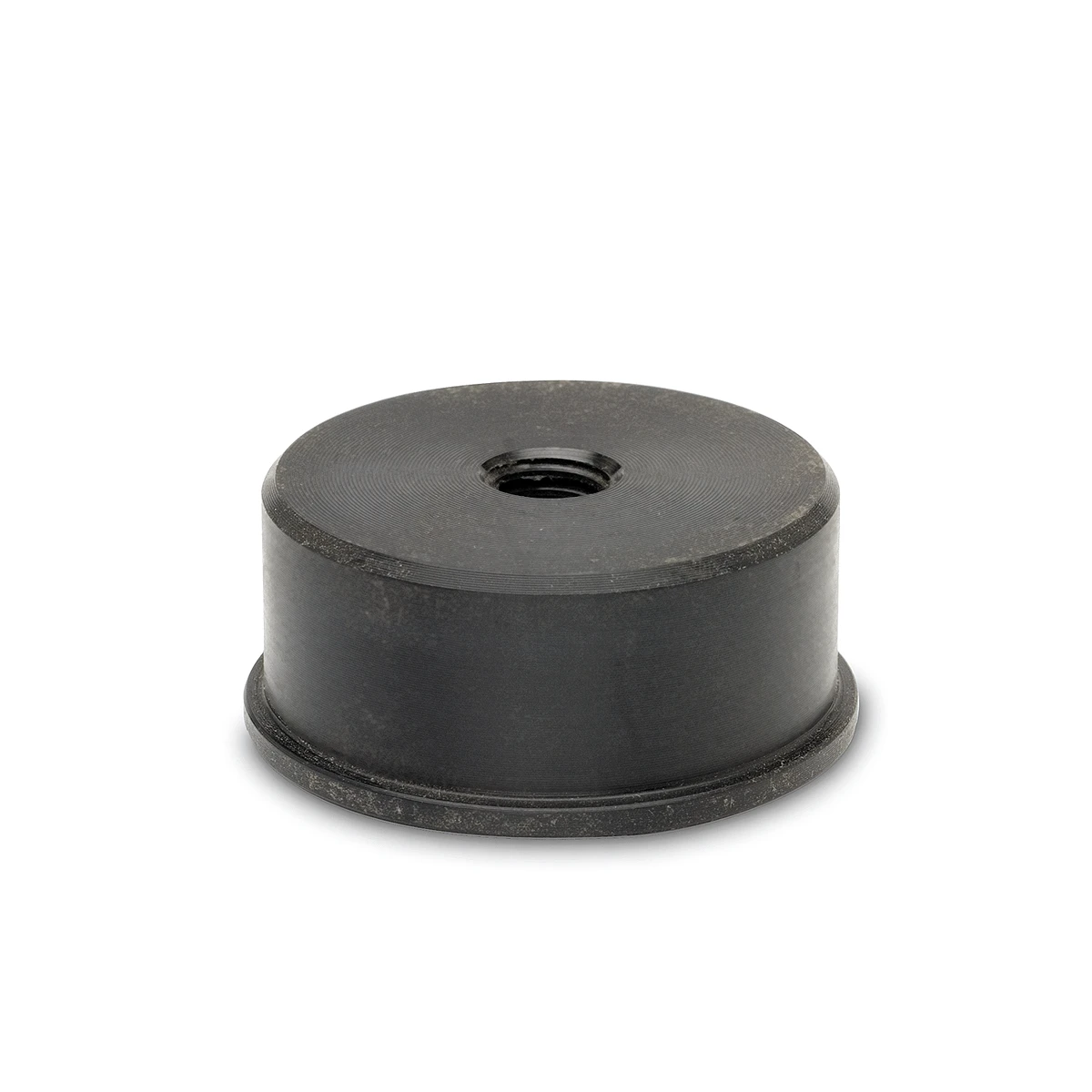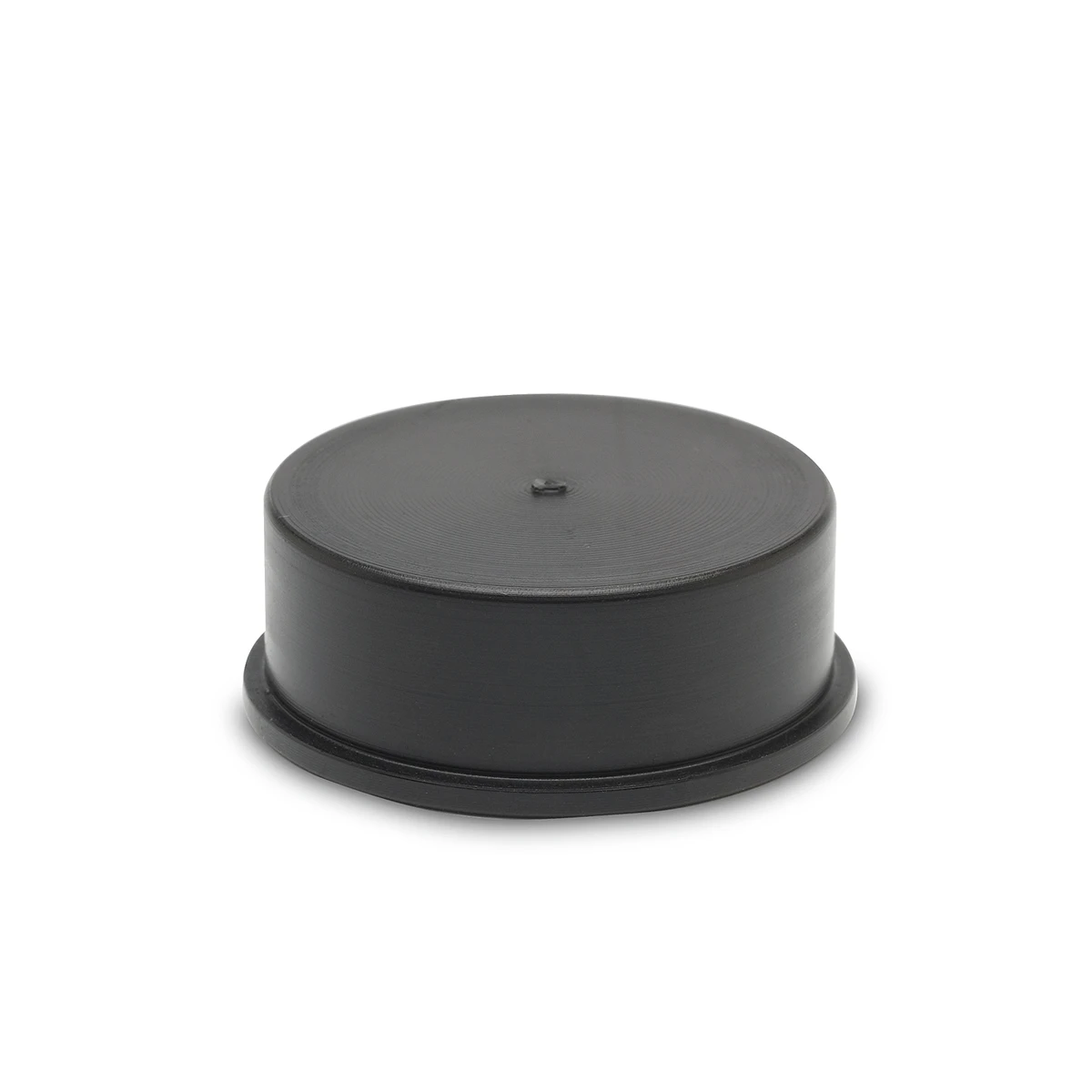End caps
Filter products
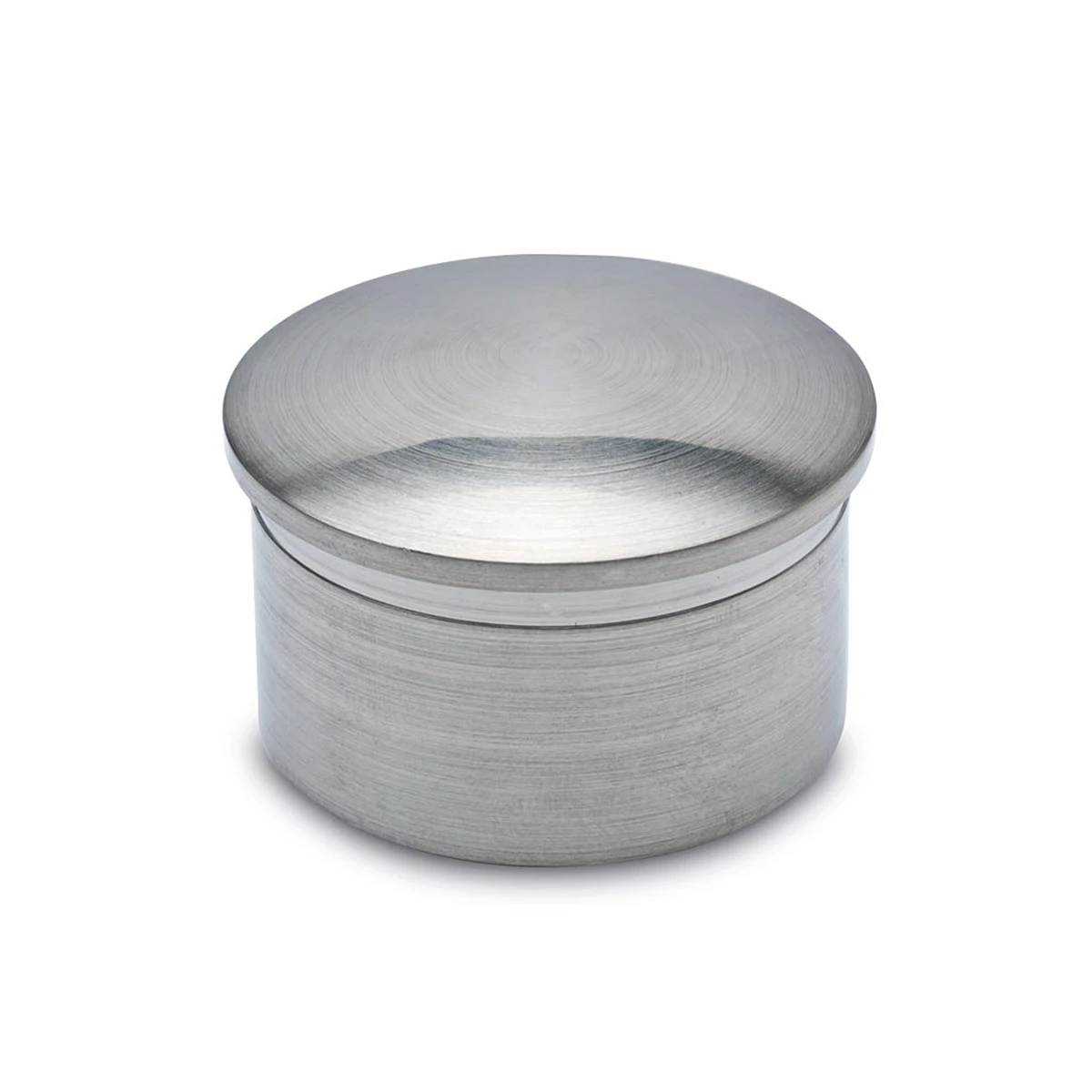
- Curved shape, hollow
- Wall thickness 2 mm
- Simple installation by gluing
- For handrail, footrail, post
- Elegant, secure finish
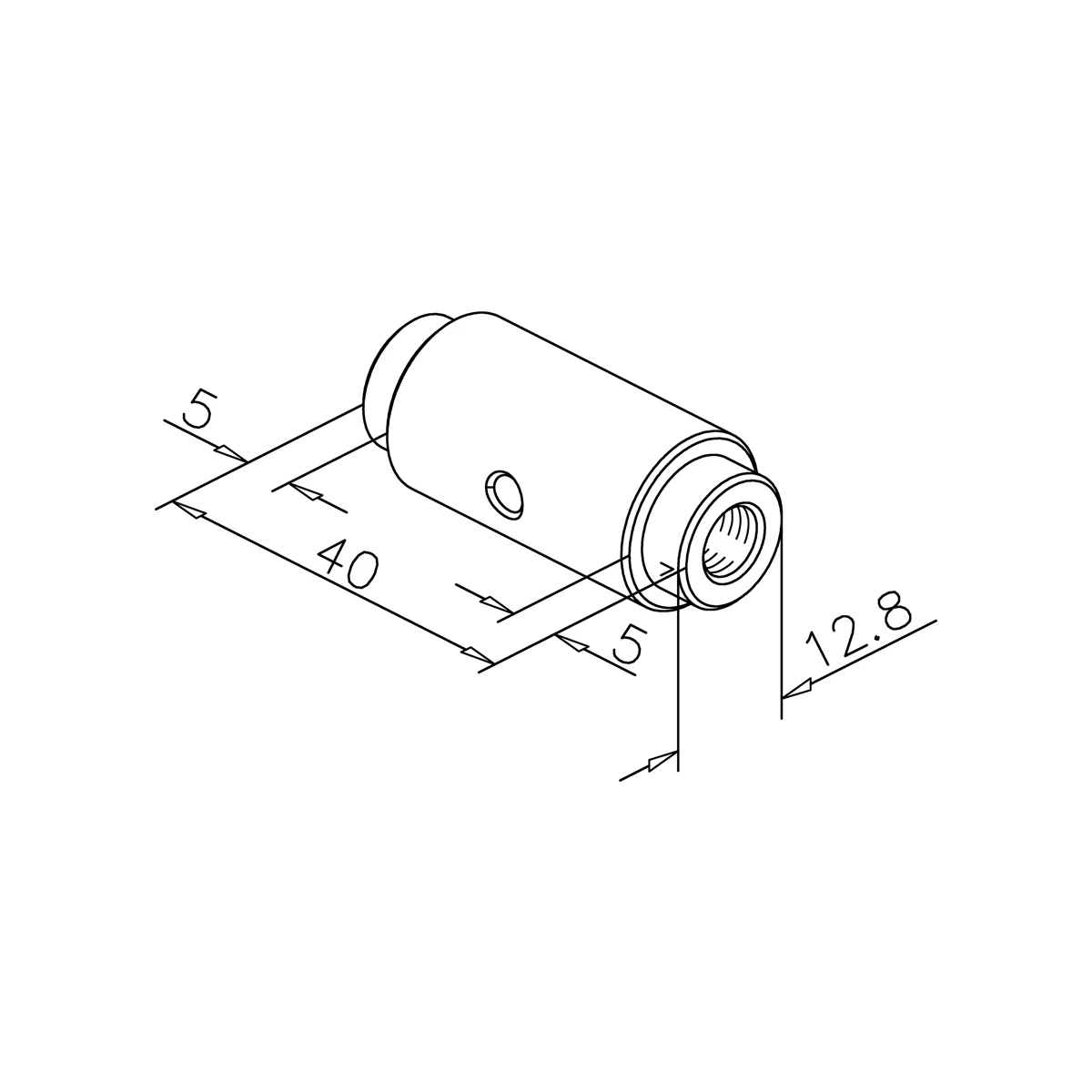
- For gluing in
- Various threads
- Various pipe diameters

- Flat shape, Ø 44 mm
- Inner diameter 38.1 mm
- Stainless steel, brass, black, chrome design
- For attaching & gluing
- Elegant pipe end
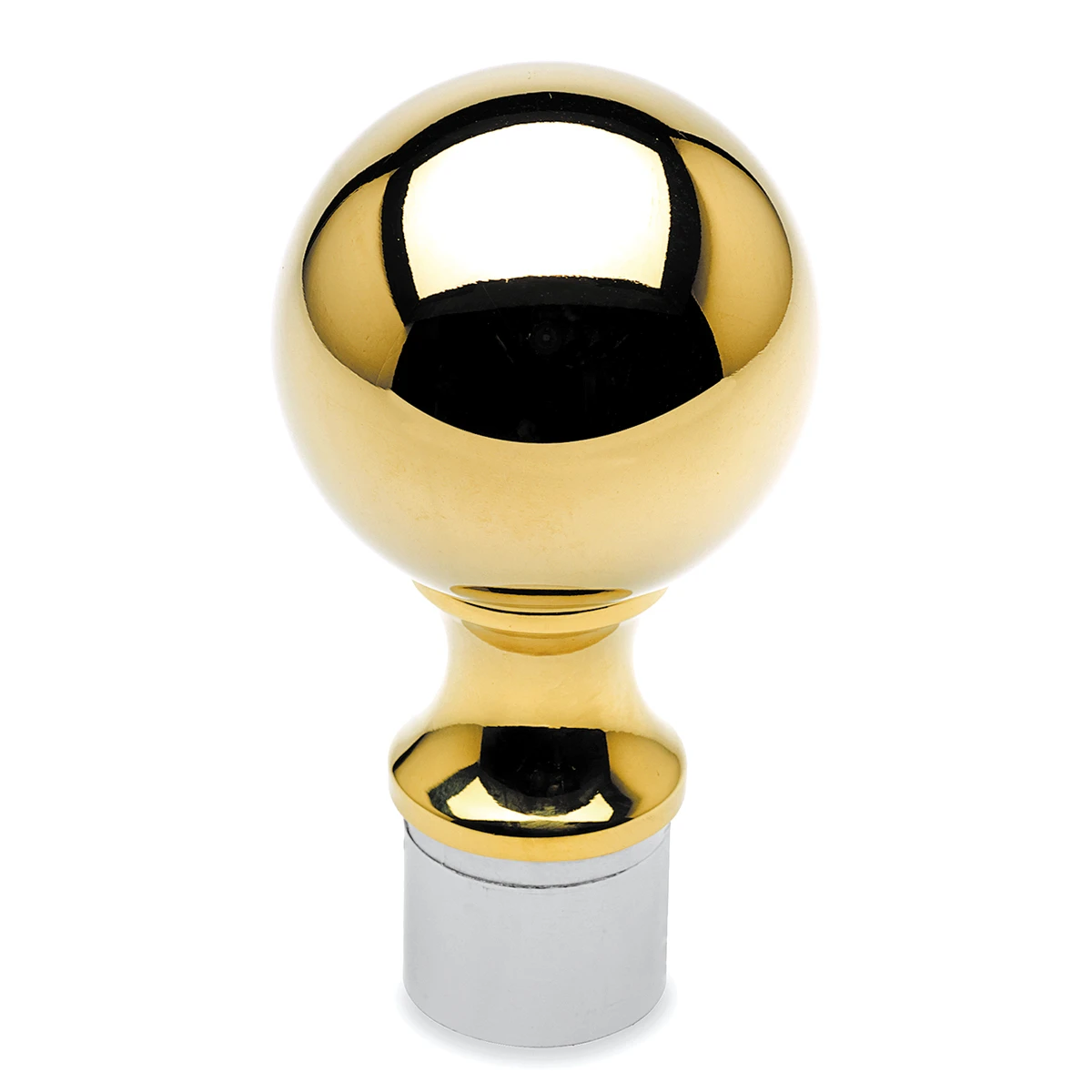
- Diameter 25.4 mm
- Stainless steel, brass or chrome design
- Simple installation by gluing
- Elegant finish for pipes
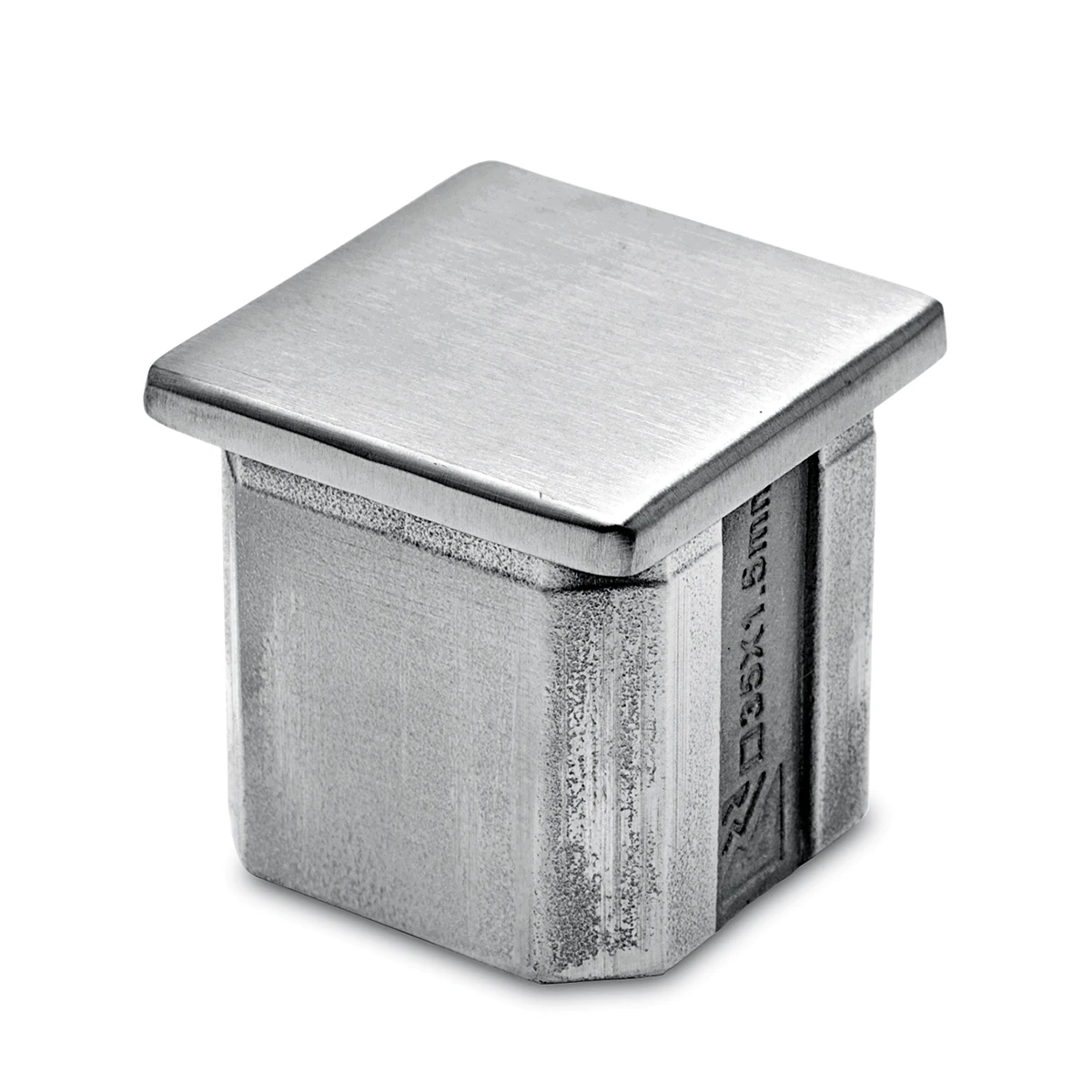
- For square tubes 20x20 & 35x35 mm
- With square extension for a secure hold
- Simple installation by gluing

- For square tubes 20x20 & 35x35 mm
- Black plastic, square
- Simple installation by plugging in
- Protects floors from scratches
- Clean, elegant finish

- Flat pipe end, Ø 19 - 50.8 mm
- Stainless steel or zamak
- Various surfaces
- Simple installation by gluing
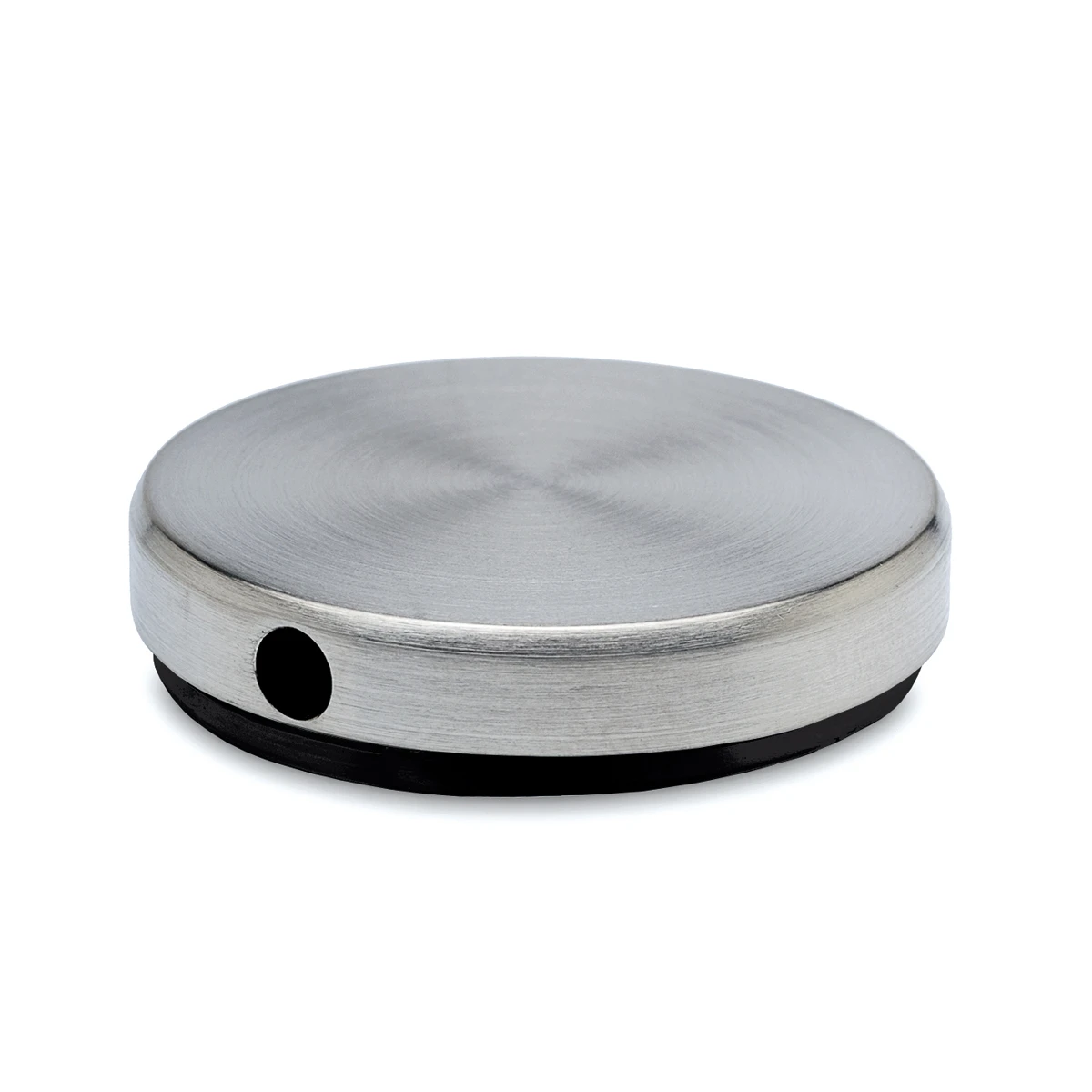
- Suitable for glass and wood
- With rubber ring as scratch protection
- Protected M8 internal thread
- Various diameters
- Various surfaces
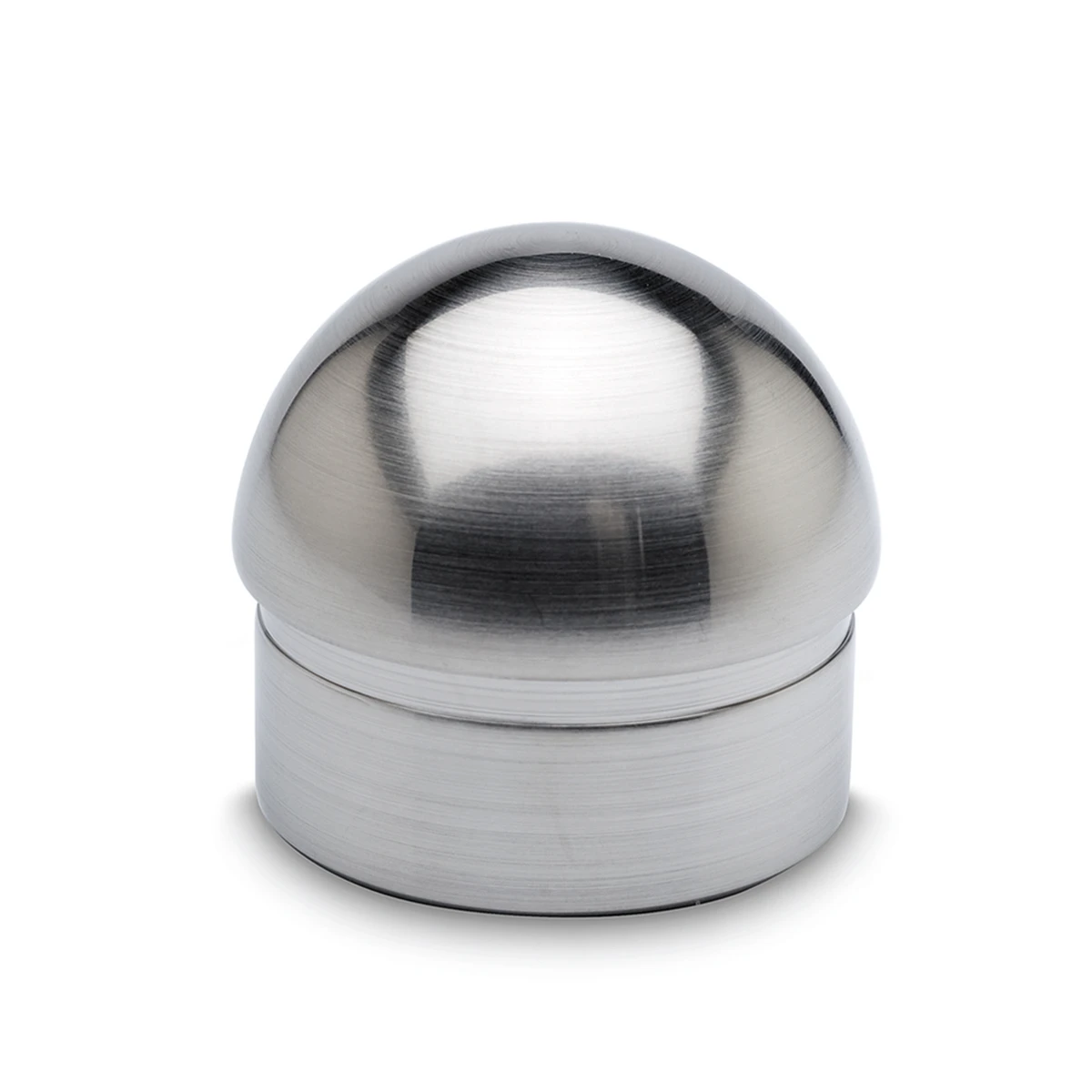
- Semicircular shape, hollow
- Wall thickness 2 mm
- Simple installation by gluing
- For handrail, footrail & post
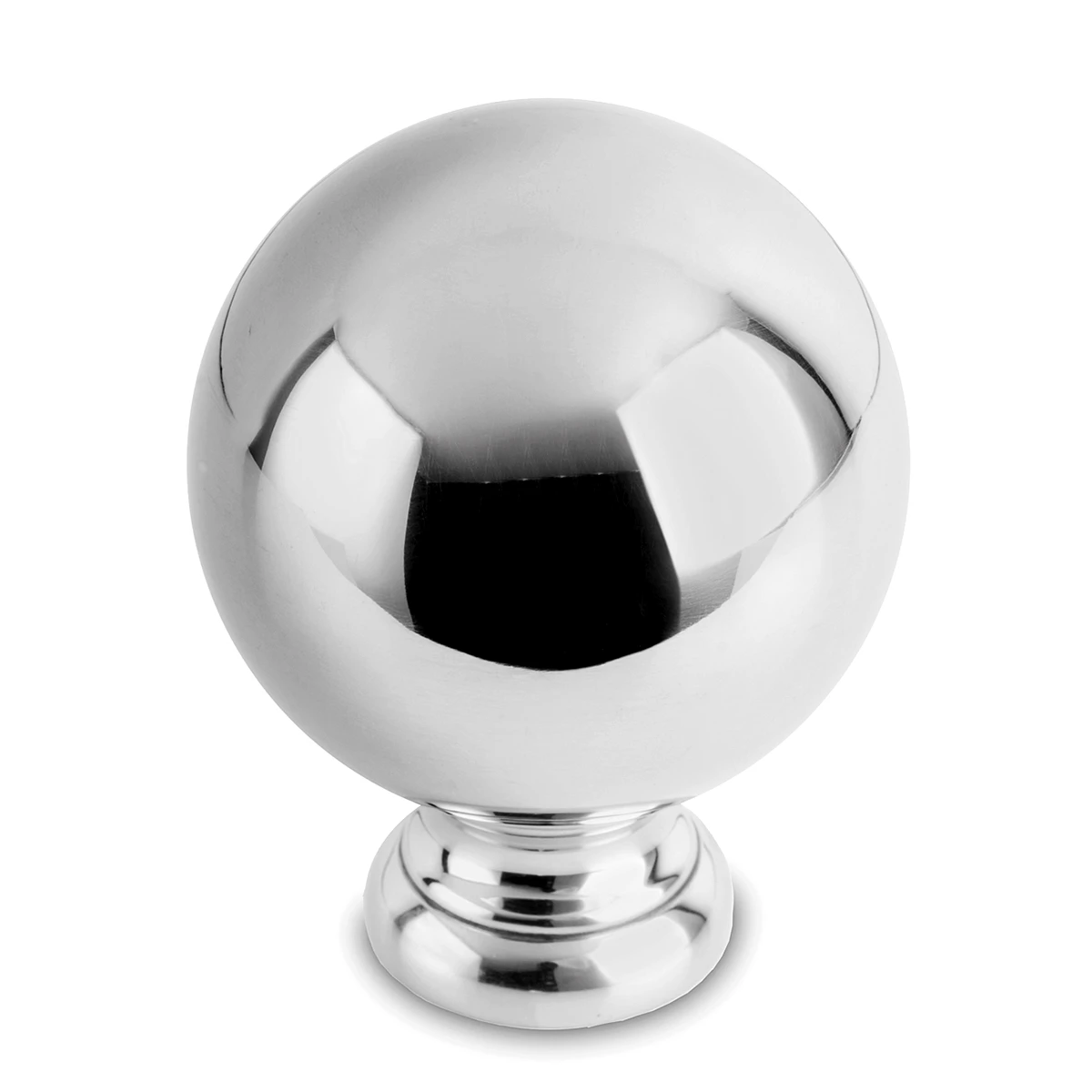
- Ø 40 mm, round shape
- Fastening via M8 thread
- Available in chrome & brass
- For handrails, posts & furniture
- Elegant & stable finish
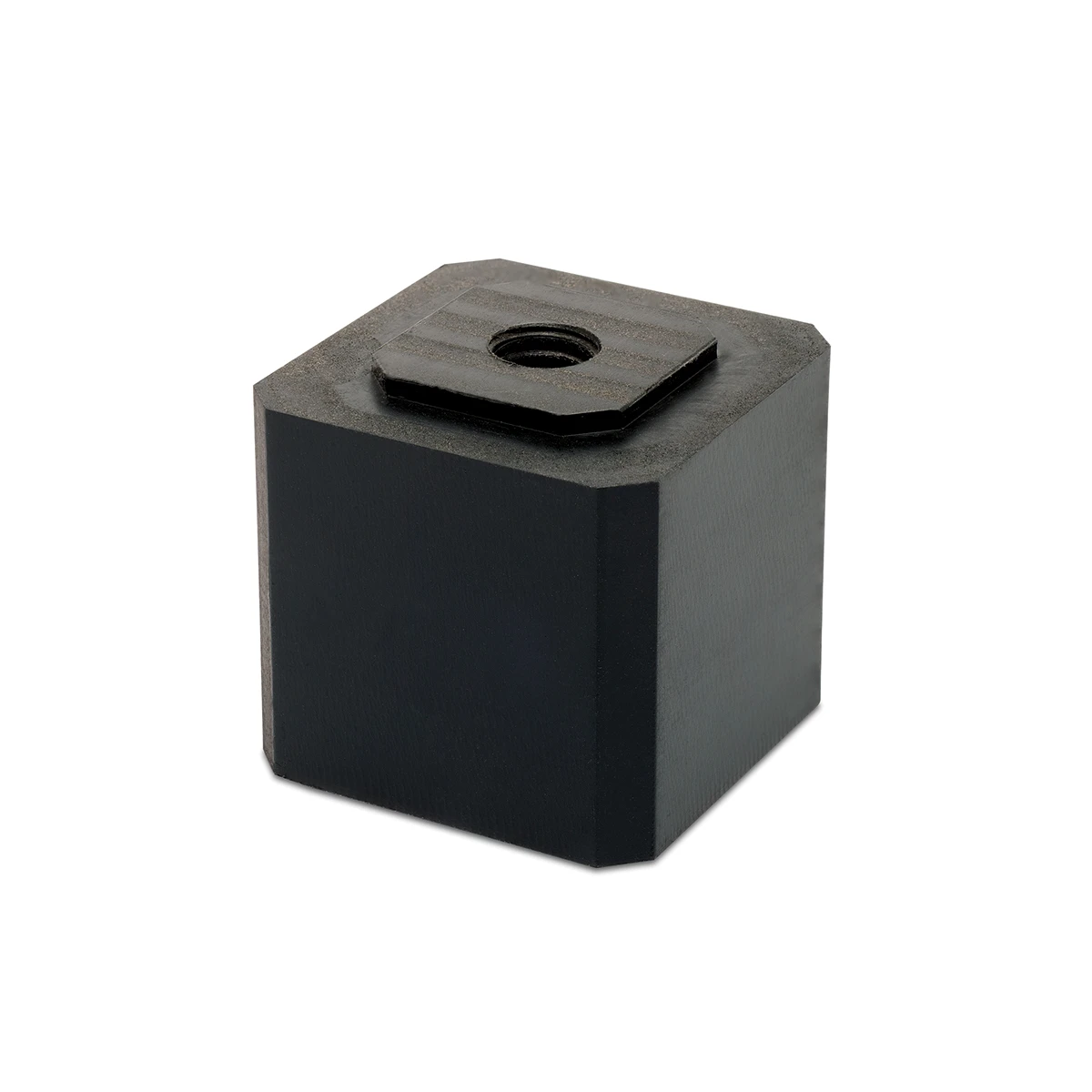
- For square tubes 35 x 35 mm
- Plastic with through-hole thread
- Secure pipe closure
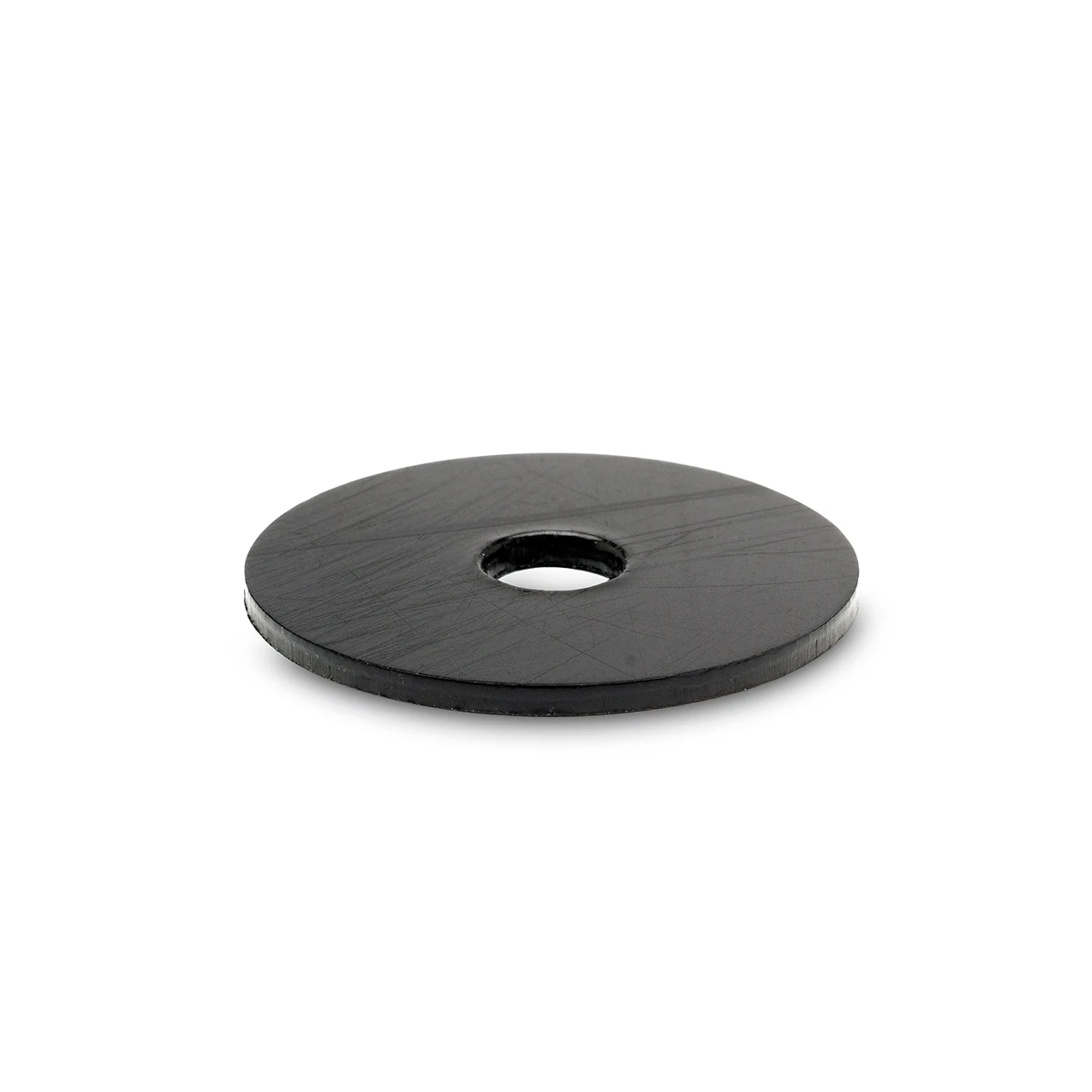
- Robust ABS plastic
- Reliably protects surfaces
- Elegant black design
- Various diameters

- Robust ABS plastic
- Elegant black design
- With hole for versatile applications
- Various diameters

- Durable ABS plastic
- Various diameters
- Through hole with M8 thread
- Versatile use in handrail and pipe systems
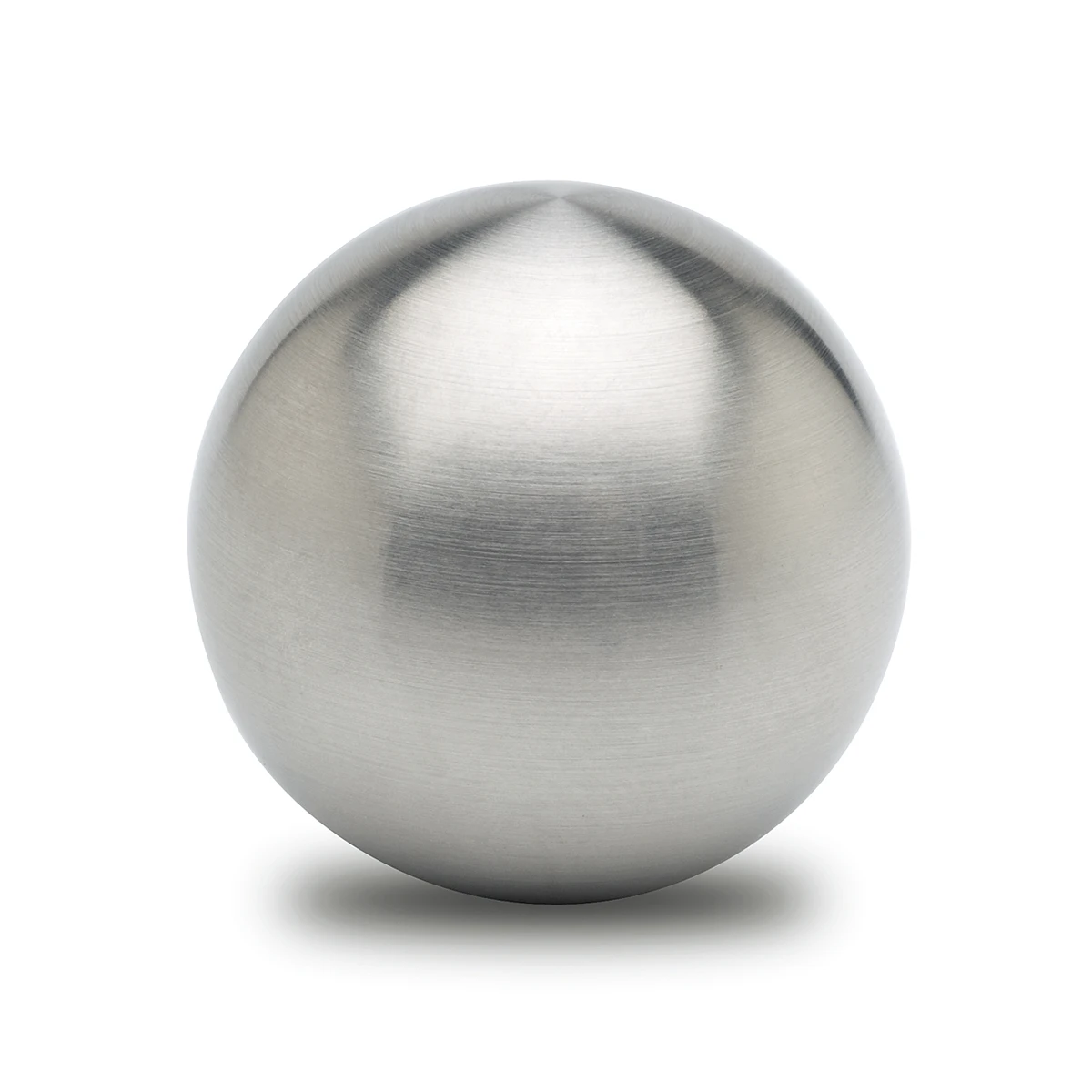
- Decorative ball Ø 40 mm
- Can be screwed in with M8 thread
- Stainless steel, chrome or brass design
- Elegant termination for pipe systems
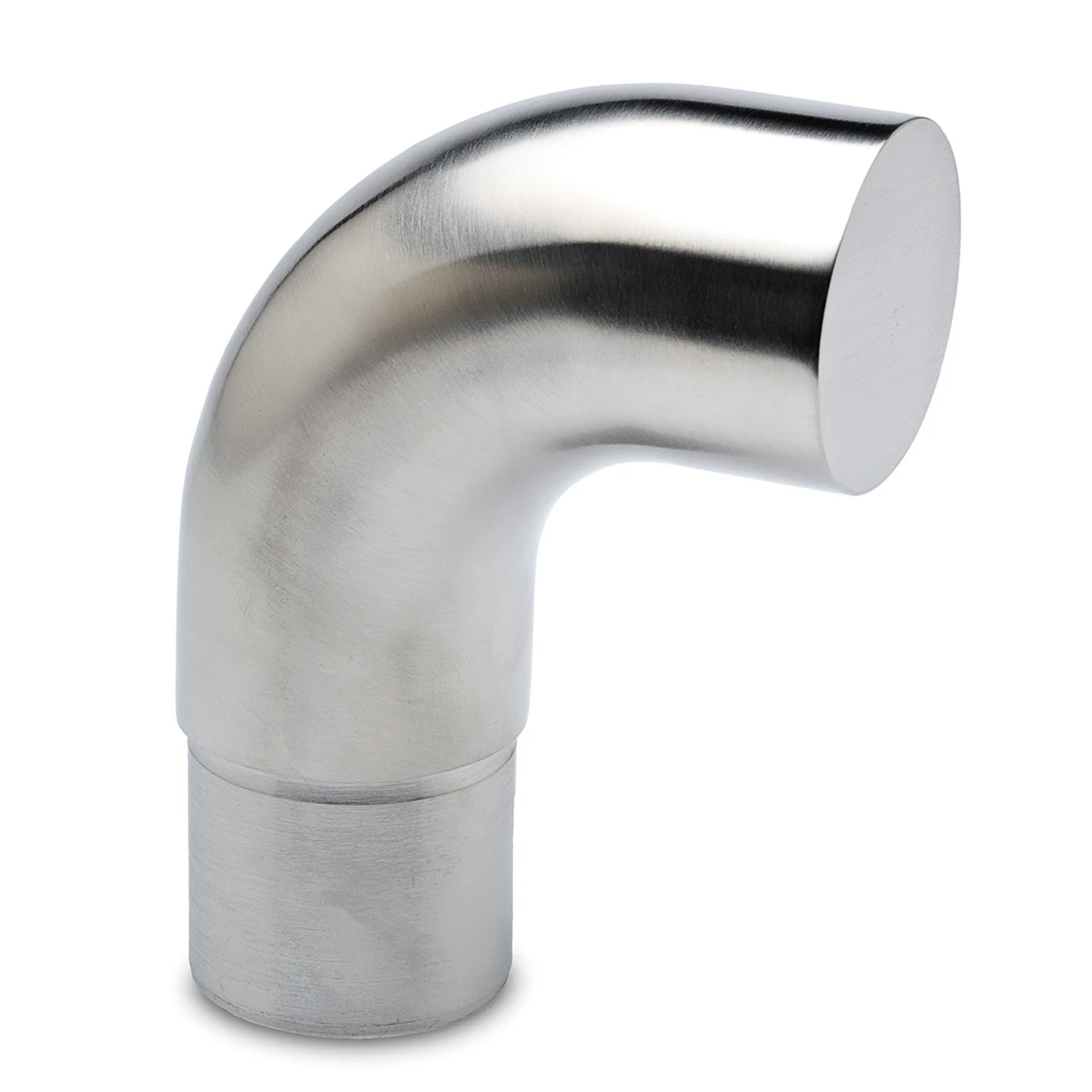
- High-quality end bend made of V2A stainless steel
- In stainless steel, brass or chrome design
- Stable termination for pipe systems
What are end caps?
End caps are small covers or closures that are attached to the end of pipes or rods. They serve to protect the ends of these objects, prevent the entry of dirt, dust, or moisture, and ensure a clean, rounded appearance. End caps can be made from various materials such as plastic, metal, or rubber and are available in different sizes and shapes to fit the respective objects. They are frequently used in industry, construction, furniture design, and many other applications.
What types of end caps are there?
End caps, also called end pieces, pipe plugs, or stoppers, are versatile and can be used in various areas. There are end caps for round tubes and square tubes, and plastic end caps can come in other shapes. Here are some examples of different types of end caps:
- Plastic end caps: These are available in various sizes and shapes and are commonly used to cover pipes, rods, or other cylindrical objects.
- Metal end caps: Metal end caps are available in various materials such as stainless steel, aluminum, or brass. They provide a more robust cover than plastic end caps and are frequently used in industrial applications.
- Rubber caps: Rubber caps are flexible and provide a good seal against water and other liquids. They are commonly used in plumbing and automotive applications.
- Vinyl end caps: Vinyl end caps are another flexible option and provide good resistance to weathering.
- Furniture end caps: These end caps are frequently used to cover the ends of chair or table legs and protect the floor from scratches.
- Railing and handrail end caps: These end caps are used to cover the ends of railings or handrails and achieve a clean appearance.
- Screw or thread caps: These end caps are screwed onto the end of screws or threads to protect them from damage or corrosion.
- End balls: Metal end balls are primarily characterized by their aesthetic aspect and serve to elegantly finish off pipes.
There are many other specific types of end caps, depending on their application in different industries and products.
What are the advantages of end caps?
End caps offer a variety of benefits for various applications. Here are some of the main advantages:
- Protection: End caps protect the ends of pipes, rods, and other cylindrical objects from dirt, dust, moisture, and other environmental factors. They also prevent sharp edges or rough surfaces from causing damage or injury.
- Aesthetics: End caps give objects a clean, finished appearance. They cover unsightly or uneven cut edges and provide an visually appealing appearance.
- Easy to install and remove: End caps are typically easy to install and remove, making them a practical solution for many applications. They can be simply snapped on or off the ends of objects without the need for additional tools or adhesives.
- Diverse materials and sizes: End caps are available in a variety of materials such as plastic, rubber, metal, and silicone. You can easily find the appropriate end cap for your specific application and environment as they are available in a variety of sizes and shapes.
- Cost-effective: End caps are typically inexpensive and provide a simple yet effective solution for many applications without the need for expensive modifications or adjustments.
- Prevent corrosion: End caps can help prevent the formation of corrosion or rust on the ends of metal pipes or rods by providing a barrier against moisture and air.
Overall, end caps offer a practical and effective way to protect objects, enhance appearance, and extend the lifespan of materials and components.















































